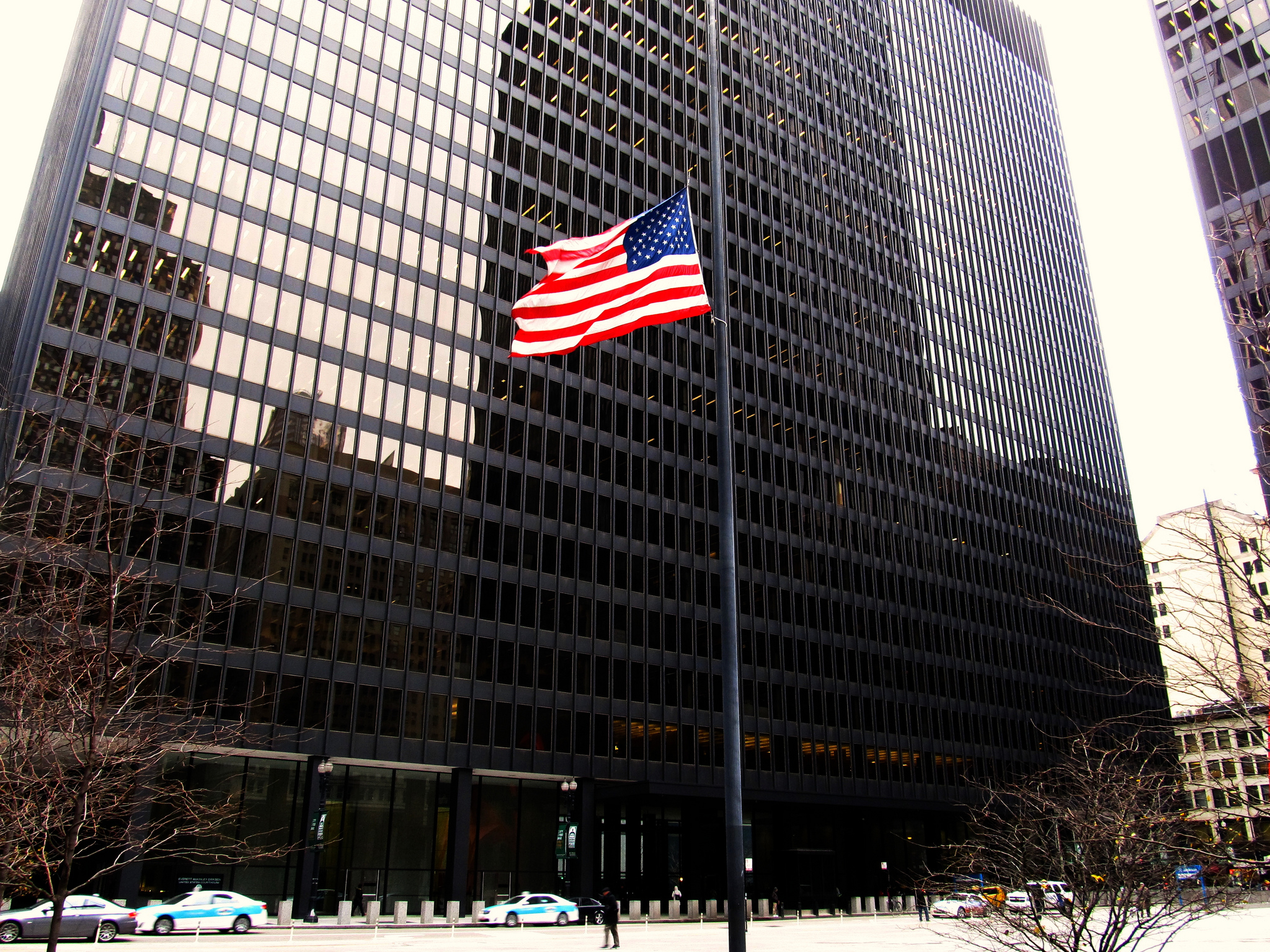Professor David Schwartz continues his guest residency at the legal blog Concurring Opinions with a new post titled “Software Patent Eligibility.” Read an excerpt below:
This post reflects my initial impressions of an important Federal Circuit development in patent law, which is my primary area of scholarly focus. On Friday, the Federal Circuit, sitting en banc, ruled on a controversial and divisive patent law issue, whether software inventions are patent eligible subject matter. Unfortunately, I find the decision in this case, CLS Bank v. Alice Corp., quite unsatisfying.
The court, sitting with 10 judges, issued 7 separate opinions spanning 135 pages. The court only agreed upon a very brief – 55 words – per curiam opinion affirming the district court ruling that the asserted patents were invalid. The per curiam opinion explained that the “method” and “computer readable media” claims were deemed not patent eligible by the Federal Circuit, while the court was equally divided on the status of the “system” claims. (Basically, there are several different ways that a software invention can be claimed in a patent, including as a process/method of performing steps; as software embedded upon a computer readable medium (i.e., a DVD); and as a system (i.e., software running on a machine/computer).) None of the remaining substantive opinions garnered more than 5 votes – thus, none are binding precedent. Although a majority of the Federal Circuit judges found the method and media claims invalid, a majority could not agree upon the reasoning. Below I will briefly provide a few preliminary observations about the opinions.
Click here to continue reading, and don’t miss these other posts in Prof. Schwartz’s series: “Should Empirical Legal Scholars Have Special Responsibilities?“



Leave a Reply